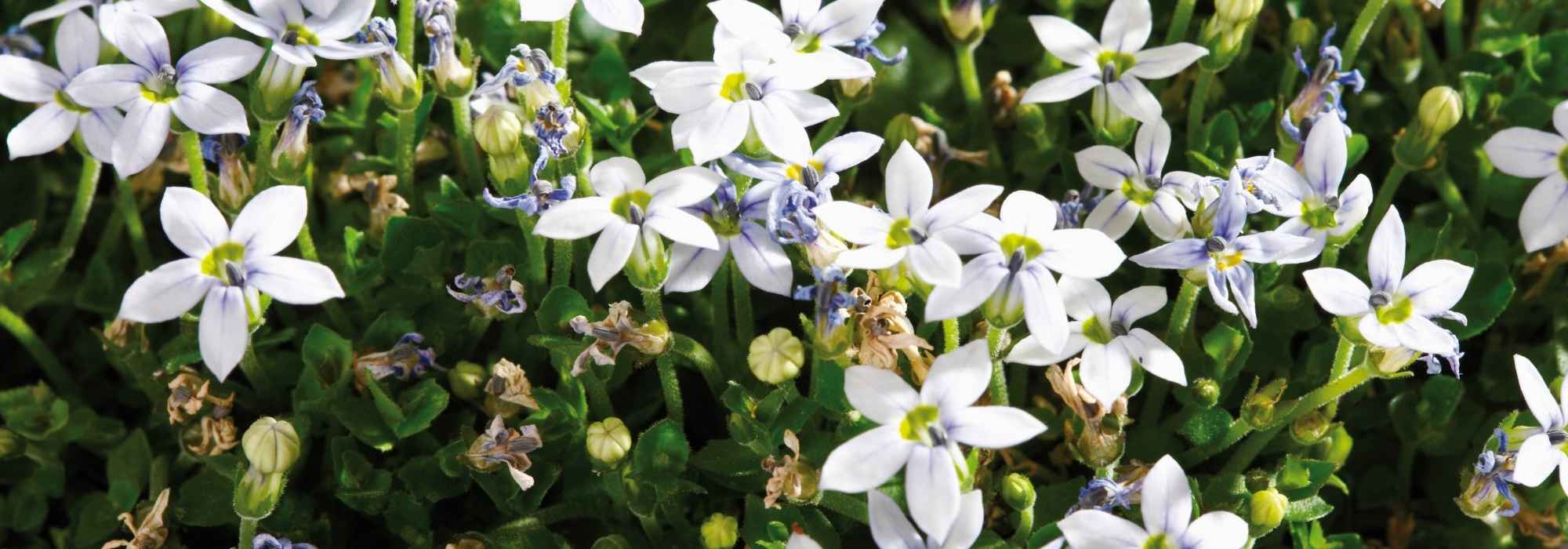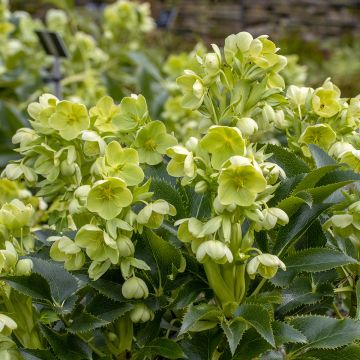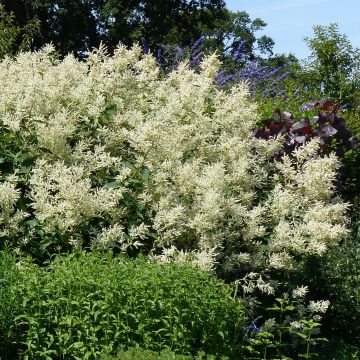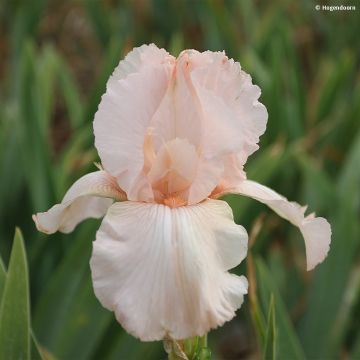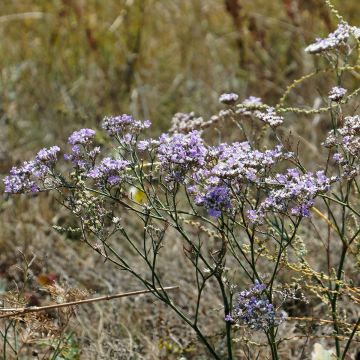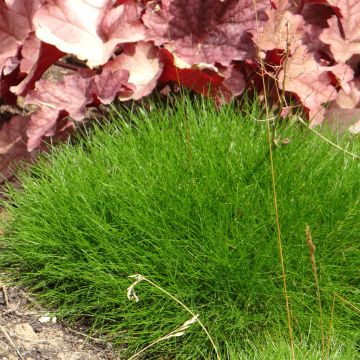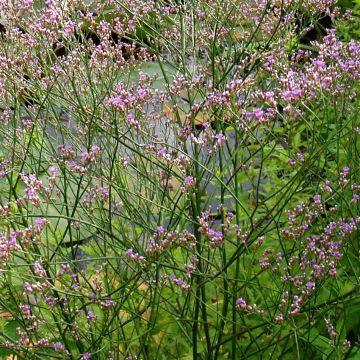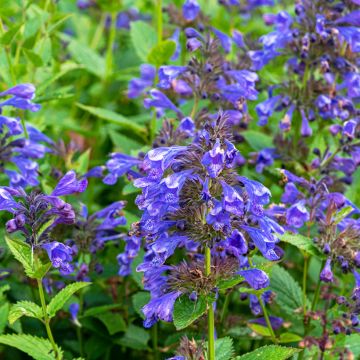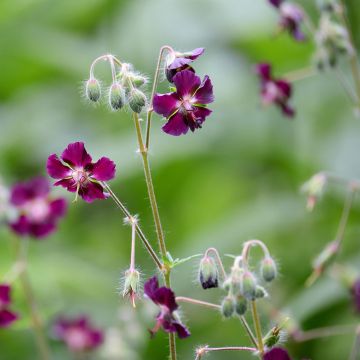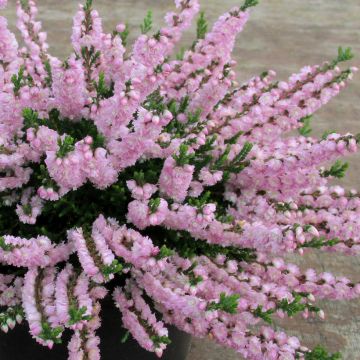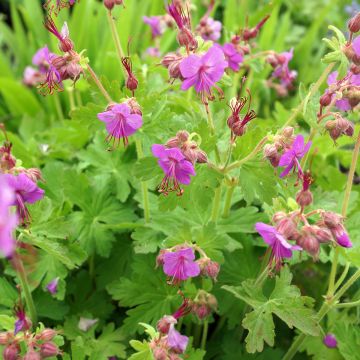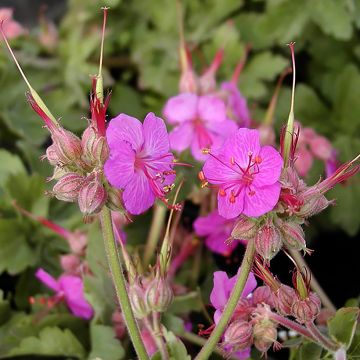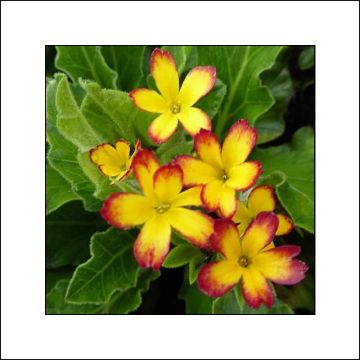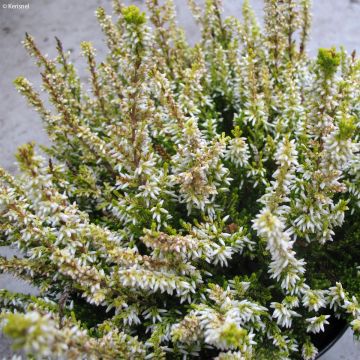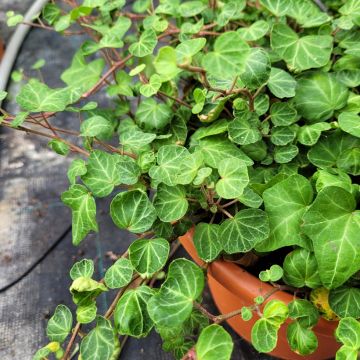

Pratia pedunculata County Park
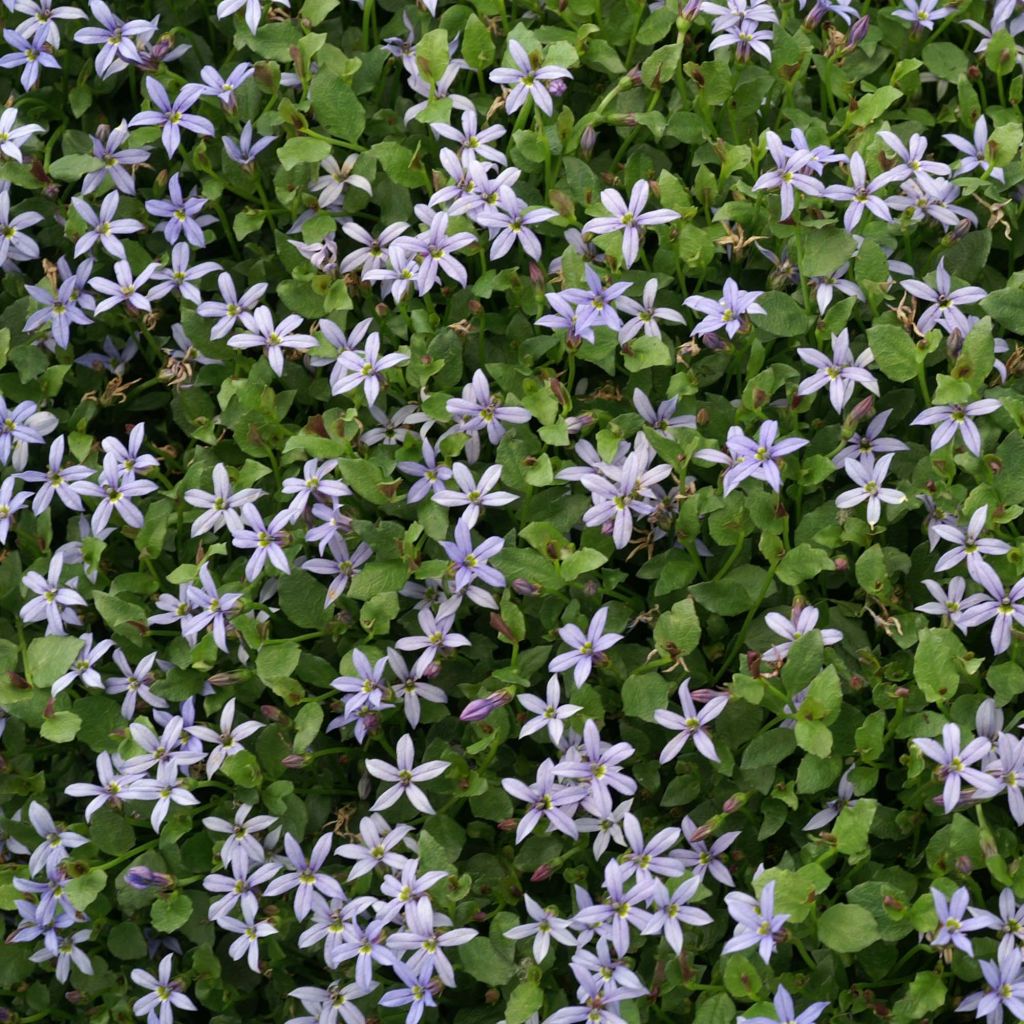

Pratia pedunculata County Park
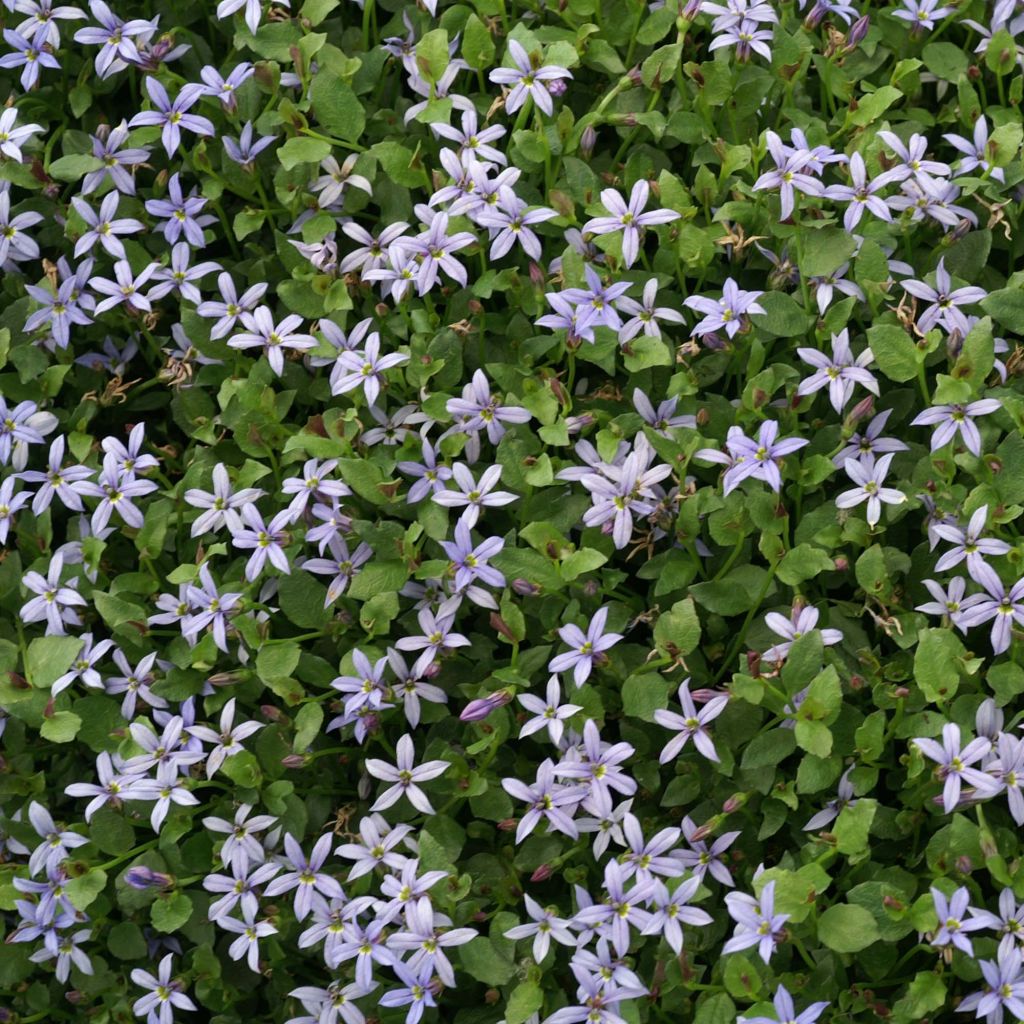

Pratia pedunculata County Park
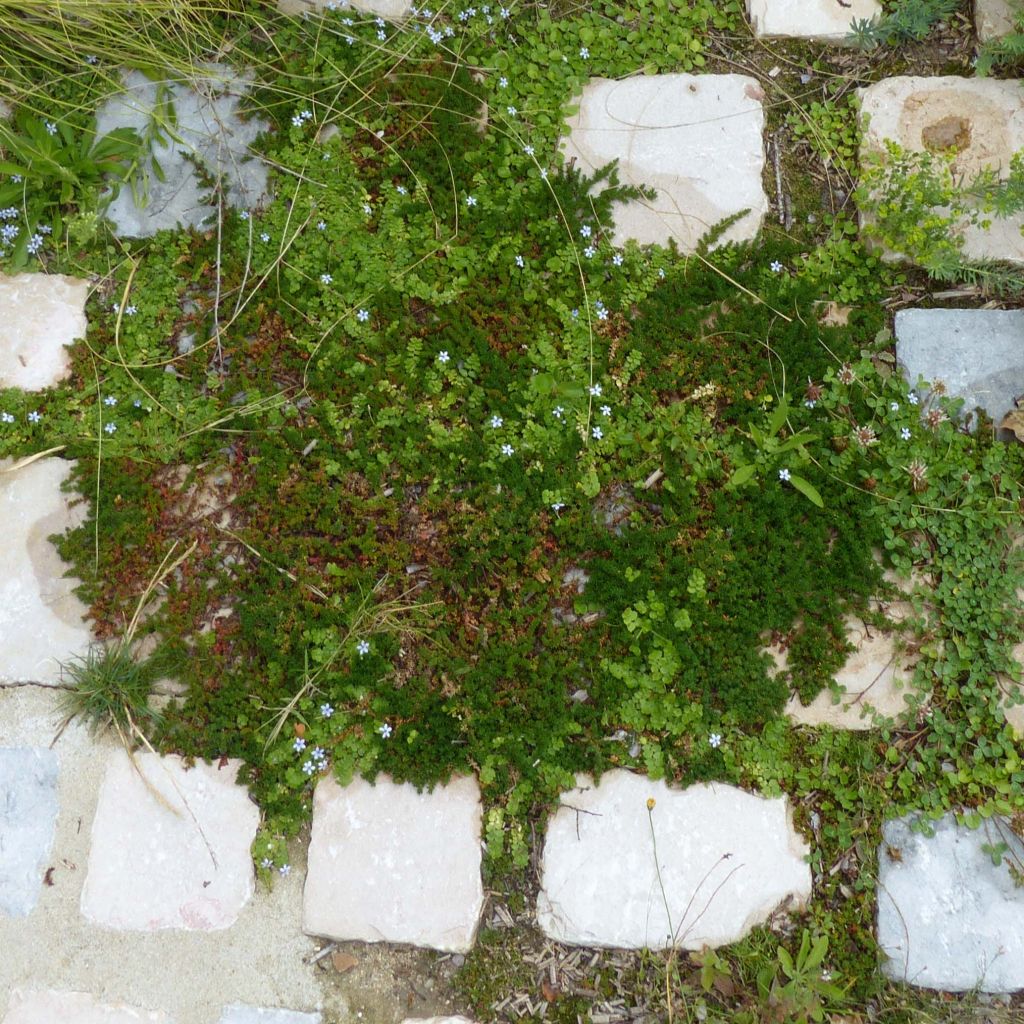

Pratia pedunculata County Park
Pratia pedunculata County Park
Pratia pedunculata County Park
Blue Star Creeper, Laurentia, Isotoma
Arrived dead or close to it.
Karine, 25/08/2024
Special offer!
Receive a €20 voucher for any order over €90 (excluding delivery costs, credit notes, and plastic-free options)!
1- Add your favorite plants to your cart.
2- Once you have reached €90, confirm your order (you can even choose the delivery date!).
3- As soon as your order is shipped, you will receive an email containing your voucher code, valid for 3 months (90 days).
Your voucher is unique and can only be used once, for any order with a minimum value of €20, excluding delivery costs.
Can be combined with other current offers, non-divisible and non-refundable.
Home or relay delivery (depending on size and destination)
Schedule delivery date,
and select date in basket
This plant carries a 12 months recovery warranty
More information
We guarantee the quality of our plants for a full growing cycle, and will replace at our expense any plant that fails to recover under normal climatic and planting conditions.

Would this plant suit my garden?
Set up your Plantfit profile →
Description
Pratia pedunculata County Park is a small perennial plant that is very resistant once well established and spreads enthusiastically, forming a more or less persistent wide carpet depending on the severity of the winter. Its spring flowering, with a thousand small stars of a fairly deep blue, illuminates and enlivens any setting, even in shaded areas. As it tolerates occasional trampling and keeps weeds in check, this plant can be used as an alternative to turf, especially in difficult to mow or difficult-to-turf areas, as well as to vegetate rocky slopes. Give it space to thrive, keep it away from delicate plants: in cool and humus-rich soil, which it prefers, the Pratia County Park can become invasive!
Pratia pedunculata belongs to the Campanulaceae family and is native to Australia and New Zealand, where it grows in wet and shaded areas. However, this perennial is not capricious as it thrives wonderfully in our more continental climates: it is much more tolerant and resistant than the helxine with which it can be associated, as it accepts both partial shade and full sun, humus-rich soils as well as drier ones and even frost. The 'County Park' cultivar stands out with its deep blue flowers.
This small ground cover plant is a formidable coloniser if the growing conditions suit it. It develops ramified superficial stems that root at the nodes in contact with the ground, as well as long underground stems, white and thicker than the aboveground stems, somewhat like couch grass. They form a network about 10 cm (4 in) deep, so that a new plant can emerge 1 m (3 ft) away from the mother plant. Not exceeding 5 cm (2 in) in height, it quickly spreads laterally, adapting to the contours of the soil over a theoretically unlimited surface, forming an elegant flowering carpet in spring, usually in May-June. The flowering often continues from late July until autumn if the soil remains moist. The small star-shaped flowers of this County Park variety are composed of 5 deep blue petals. They give way to small berries whose seeds easily self-sow. The foliage, evergreen in mild climates, disappears in winter if temperatures drop below -10 °C (14 °F). If the soil is too dry, it becomes deciduous in summer until the rains return. It consists of small leaves arranged in an alternate manner on the stems, bright green and oblong, with very slightly toothed edges. The plant's vegetative mat also acts as a living mulch, protecting the soil from heavy rains and erosion, while preventing water from evaporating too quickly in dry weather.
It is between the slabs of a Japanese step or a pathway that the Pratia pedunculata County Park is most unique. It can advantageously replace helxine in sunny areas of the garden as well as in cold climates. Highly adaptable, undemanding and extremely robust, this vigorous ground cover also offers an excellent alternative to turf in less well-trodden areas of the garden, both sunny and shaded, even under large trees. An unsightly embankment will also welcome this Pratia capable of discouraging weeds. However, it should not be planted in an alpine rockery with more delicate plants that it will quickly overwhelm and suffocate. In the shade, we recommend associating it with sturdy perennials to create a contemporary, minimalist design with a Japanese touch: for example, install ferns as a backdrop with a few epimediums mixed with helxine. In the sun, to dress up an English garden pathway and make it more wild and romantic, plant Pratia pedunculata in front of a small bed of grasses, scabiosa, sage, echinacea, and a few erect geraniums supported by chestnut stakes. The exuberant Pratia County Park can also create lovely decorations on the terrace, with its flowering stems cascading from vases and flower pots, at the base of larger plants.
Pratia pedunculata County Park in pictures
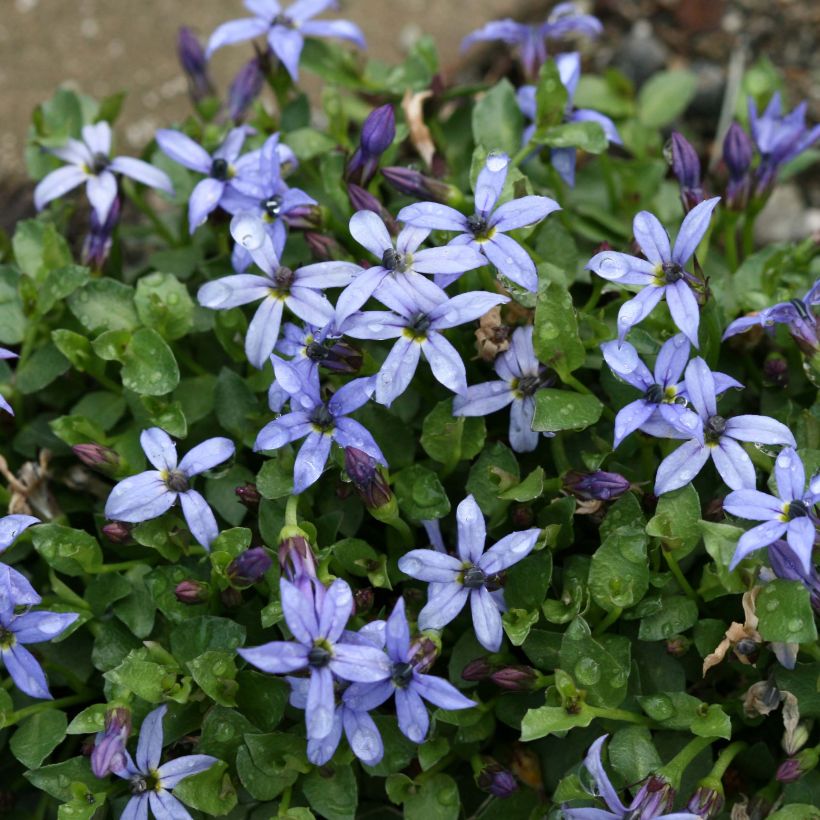

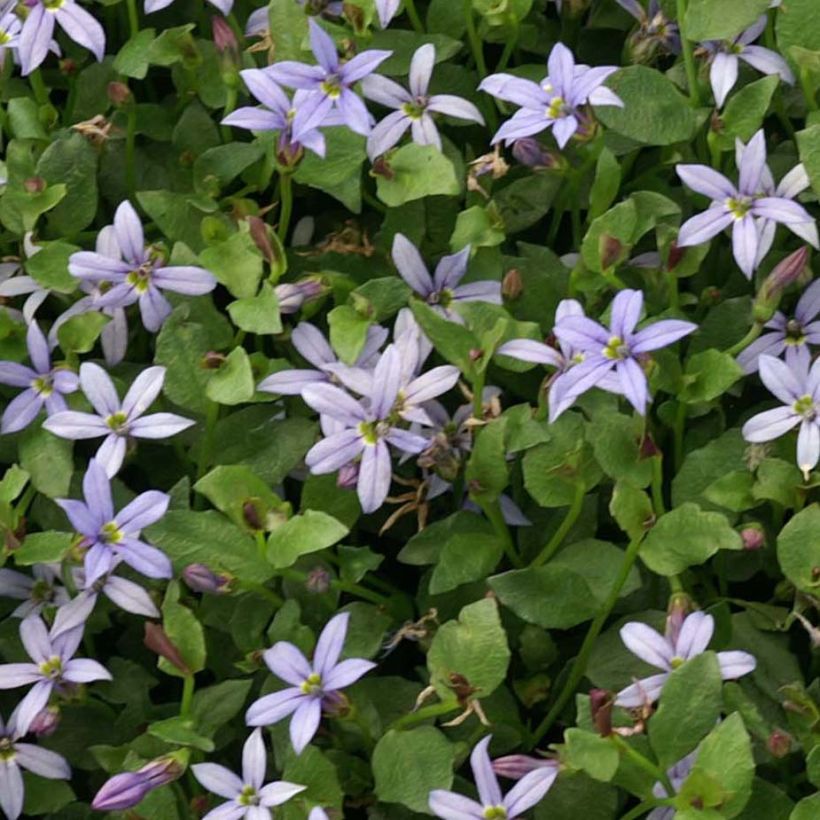

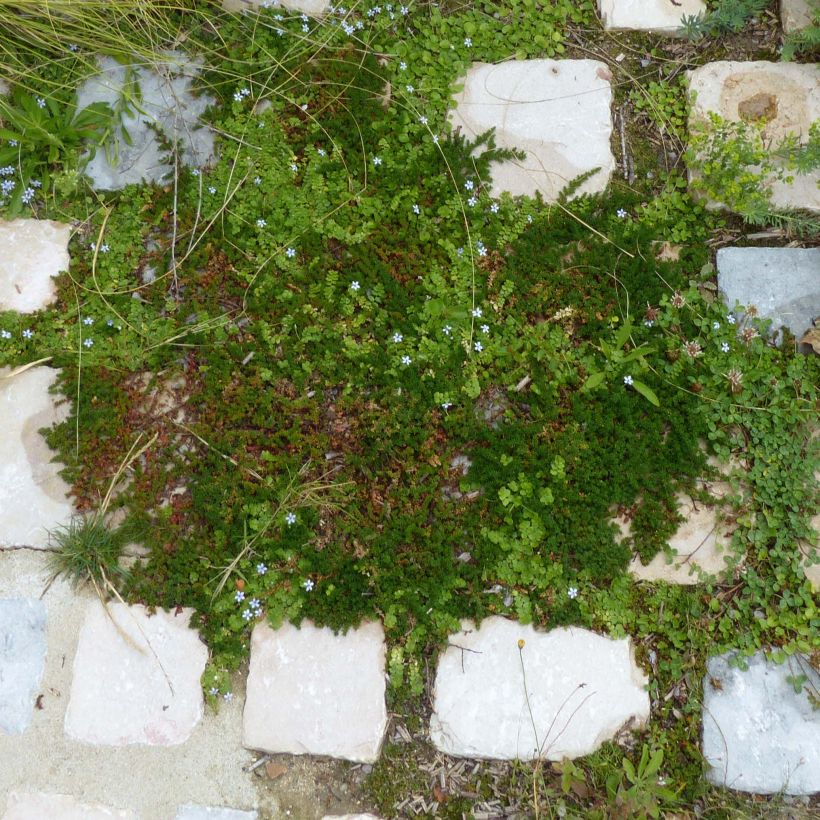

Flowering
Foliage
Plant habit
Botanical data
Pratia
pedunculata
County Park
Campanulaceae
Blue Star Creeper, Laurentia, Isotoma
Cultivar or hybrid
Other Perennials A to Z
View all →Planting and care
Although they prefer moist soils, it is in the rockery that we grow Pratia, in the clayey soil of our region, but which we have mixed with gravel to a depth of 10 cm (4 in) to provide them with a draining "mattress" to limit winter moisture. They are said to be not very hardy, but we have been growing them for about fifteen years without any particular problems. Normally evergreen, it sometimes happens that the foliage disappears when the winter is a bit harsh. In colder regions, it might be more prudent to shelter Pratia pedunculata in winter. When the soil is too dry, the foliage dries up and reappears as soon as the rains return. For any soil that remains fresh but well-drained, in full sun or partial shade. Once well established and in favourable conditions, Isotoma fluviatilis becomes difficult to eradicate, as even the smallest piece of root is capable of regenerating a new plant. Similarly, it is not advisable to plant it in an alpine rockery with more delicate plants that it could smother.
Planting period
Intended location
Care
Planting & care advice
-
, onOrder confirmed
Reply from on Promesse de fleurs
Similar products
Haven't found what you were looking for?
Hardiness is the lowest winter temperature a plant can endure without suffering serious damage or even dying. However, hardiness is affected by location (a sheltered area, such as a patio), protection (winter cover) and soil type (hardiness is improved by well-drained soil).

Photo Sharing Terms & Conditions
In order to encourage gardeners to interact and share their experiences, Promesse de fleurs offers various media enabling content to be uploaded onto its Site - in particular via the ‘Photo sharing’ module.
The User agrees to refrain from:
- Posting any content that is illegal, prejudicial, insulting, racist, inciteful to hatred, revisionist, contrary to public decency, that infringes on privacy or on the privacy rights of third parties, in particular the publicity rights of persons and goods, intellectual property rights, or the right to privacy.
- Submitting content on behalf of a third party;
- Impersonate the identity of a third party and/or publish any personal information about a third party;
In general, the User undertakes to refrain from any unethical behaviour.
All Content (in particular text, comments, files, images, photos, videos, creative works, etc.), which may be subject to property or intellectual property rights, image or other private rights, shall remain the property of the User, subject to the limited rights granted by the terms of the licence granted by Promesse de fleurs as stated below. Users are at liberty to publish or not to publish such Content on the Site, notably via the ‘Photo Sharing’ facility, and accept that this Content shall be made public and freely accessible, notably on the Internet.
Users further acknowledge, undertake to have ,and guarantee that they hold all necessary rights and permissions to publish such material on the Site, in particular with regard to the legislation in force pertaining to any privacy, property, intellectual property, image, or contractual rights, or rights of any other nature. By publishing such Content on the Site, Users acknowledge accepting full liability as publishers of the Content within the meaning of the law, and grant Promesse de fleurs, free of charge, an inclusive, worldwide licence for the said Content for the entire duration of its publication, including all reproduction, representation, up/downloading, displaying, performing, transmission, and storage rights.
Users also grant permission for their name to be linked to the Content and accept that this link may not always be made available.
By engaging in posting material, Users consent to their Content becoming automatically accessible on the Internet, in particular on other sites and/or blogs and/or web pages of the Promesse de fleurs site, including in particular social pages and the Promesse de fleurs catalogue.
Users may secure the removal of entrusted content free of charge by issuing a simple request via our contact form.
The flowering period indicated on our website applies to countries and regions located in USDA zone 8 (France, the United Kingdom, Ireland, the Netherlands, etc.)
It will vary according to where you live:
- In zones 9 to 10 (Italy, Spain, Greece, etc.), flowering will occur about 2 to 4 weeks earlier.
- In zones 6 to 7 (Germany, Poland, Slovenia, and lower mountainous regions), flowering will be delayed by 2 to 3 weeks.
- In zone 5 (Central Europe, Scandinavia), blooming will be delayed by 3 to 5 weeks.
In temperate climates, pruning of spring-flowering shrubs (forsythia, spireas, etc.) should be done just after flowering.
Pruning of summer-flowering shrubs (Indian Lilac, Perovskia, etc.) can be done in winter or spring.
In cold regions as well as with frost-sensitive plants, avoid pruning too early when severe frosts may still occur.
The planting period indicated on our website applies to countries and regions located in USDA zone 8 (France, United Kingdom, Ireland, Netherlands).
It will vary according to where you live:
- In Mediterranean zones (Marseille, Madrid, Milan, etc.), autumn and winter are the best planting periods.
- In continental zones (Strasbourg, Munich, Vienna, etc.), delay planting by 2 to 3 weeks in spring and bring it forward by 2 to 4 weeks in autumn.
- In mountainous regions (the Alps, Pyrenees, Carpathians, etc.), it is best to plant in late spring (May-June) or late summer (August-September).
The harvesting period indicated on our website applies to countries and regions in USDA zone 8 (France, England, Ireland, the Netherlands).
In colder areas (Scandinavia, Poland, Austria...) fruit and vegetable harvests are likely to be delayed by 3-4 weeks.
In warmer areas (Italy, Spain, Greece, etc.), harvesting will probably take place earlier, depending on weather conditions.
The sowing periods indicated on our website apply to countries and regions within USDA Zone 8 (France, UK, Ireland, Netherlands).
In colder areas (Scandinavia, Poland, Austria...), delay any outdoor sowing by 3-4 weeks, or sow under glass.
In warmer climes (Italy, Spain, Greece, etc.), bring outdoor sowing forward by a few weeks.






























